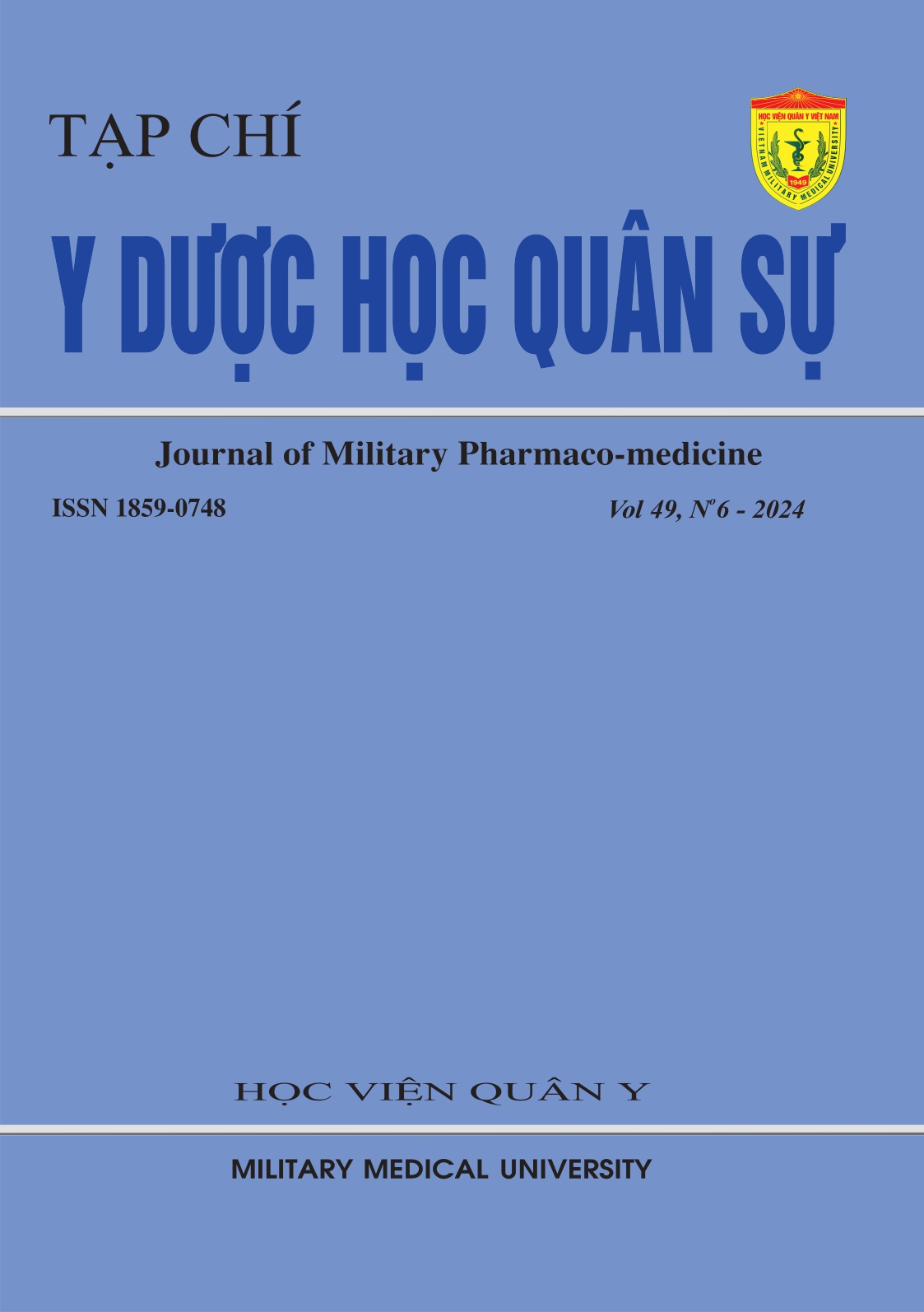CLASSIFICATION, DIAGNOSIS AND TREATMENT OF BILIARY STRICTURE IN PRIMARY BILE DUCT STONE’S PATIENTS
Main Article Content
Abstract
Biliary stricture is a common disease in East Asia, Southeast Asia, and Vietnam. It significantly affects the results of biliary stone’s treatment, and is a main cause of recurrent stones, causing patients to have to be operated many times. Another way, bile duct stones cause recurrent cholangitis, biliary obstruction or biliary cirrhosis, creating exelent conditions for stricture. It can be said that biliary stricture and stones go hand in hand. It is difficult to determine which is the cause and which is the effect. There are many ways to classify biliary stricture to provide a reasonable diagnosis and treatment plan. To completely evaluate stricture, cholangioscopy combined with X-ray, and next, MRCP and CT-scan are highly valuable methods. Treatment of biliary stones always needs to be accompanied with biliary strictures. Currently, there are many methods to treat biliary strictures in primary bile duct stone’s patients depending on each individual indication. In particular, choledochoscopy, stone lithotripsy, stricture dilation and biliary stent are widely applied minimally invasive methods. They was proved to be effective and safe procedures with hight rate of stone and stricture clearance, low rate of complications and recurrence. However, more studies are needed to evaluate the long-term outcomes.
Article Details
Keywords
Choledochoscopy, biliary stricture, primary bile duct stones, stricture dilation, biliary stent
References
2. Phùng Tấn Cường. Hướng dẫn chẩn đoán và điều trị HĐM trong gan do sỏi mật bằng chụp cộng hưởng từ mật tụy (MRCP). Nhà xuất bản Y học. 2012.
3. American Society for Gastrointestinal Endoscopy (ASGE) guideline on the role of endoscopy in the diagnosis of malignancy in biliary strictures of undetermined etiology: Summary and recommendations. ASGE database. https://www.asge.org/docs/default-source/guidelines/sfvrsn=570ac85c_1. Accessed January 7, 2023.
4. Tokyo guidelines 2018, Japanese Society of Hepato- Biliary- Pancreatic surgery database. https://www.jshbps.jp/ modules/en/index.php?content_id=47.Accessed December 7, 2018.
5. ACG clinical guideline: Diagnosis and management of biliary strictures. American College of Gastroenterology database. https://gi.org/guidelines/ biliarystrictures/2736. Accessed June 9, 2023.
6. Lee SK, Seo DW, Myung SJ, Park ET, Lim BC, Kim HJ, et al. Percutaneous transhepatic cholangioscopic treatment for hepatolithiasis: An evaluation of long-term results and risk factors for recurrence. Gastrointestinal Endoscopy. 2001; 53:318-323.
7. Nakai Y, Isayama H, Wang HP, et al. International consensus statements for endoscopic management of distal biliary stricture. J Gastroenterol Hepatol. 2020; 35:967-979.
8. Wong MY, Saxena P, & Kaffes AJ. Benign biliary strictures: A systematic review on endoscopic treatment options. Diagnostics. 2020; 10(4):221.
9. Ayoub F, Othman MO. Guidelines on cholangioscopy for indeterminate biliary strictures: One step closer to consensus. Hepatobiliary Surgery and Nutrition. 2023; 12(5):776.
10. Rey Rubiano AM, González-Teshima LY. Clinical practice guideline on the use of single-operator cholangioscopy in the diagnosis of indeterminate biliary stricture and the treatment of difficult biliary stones. Surgical Endoscopy. 2024; 38(2):499-510.


